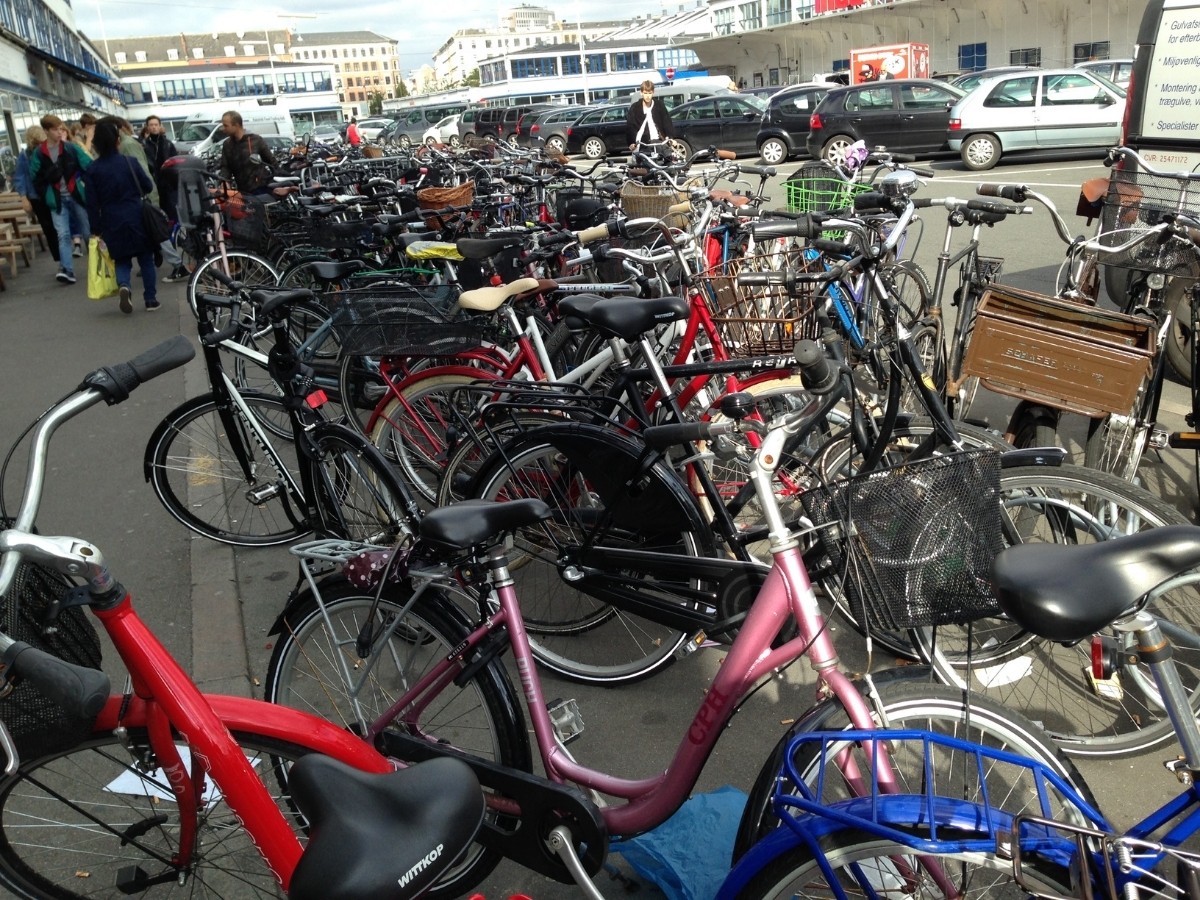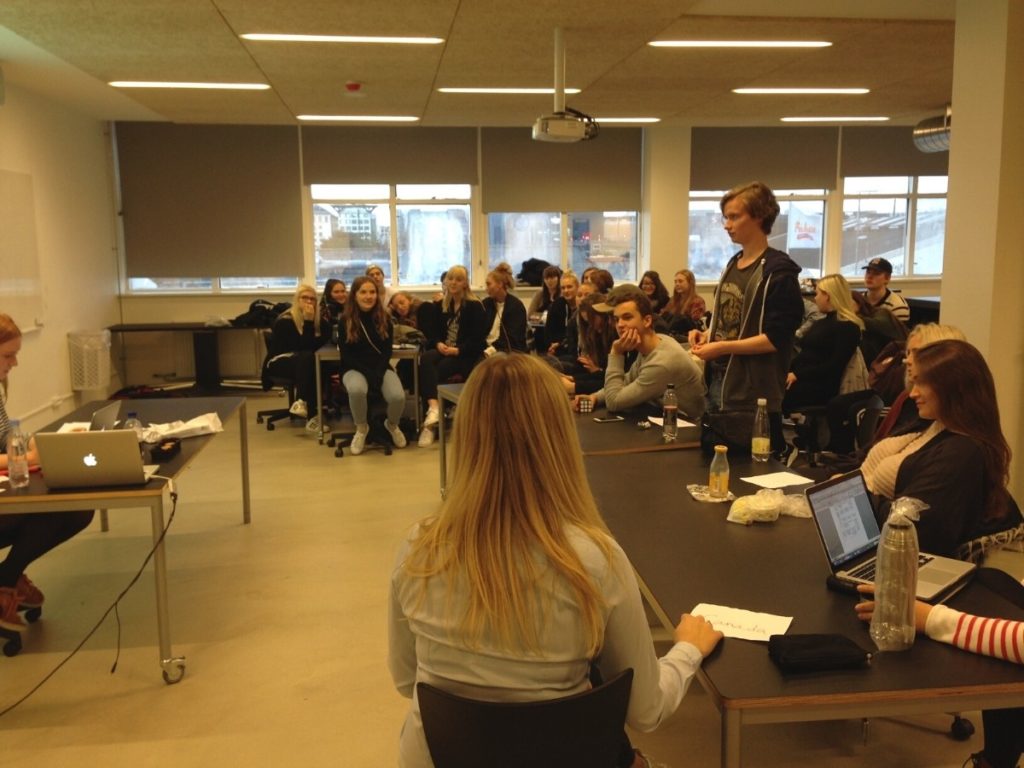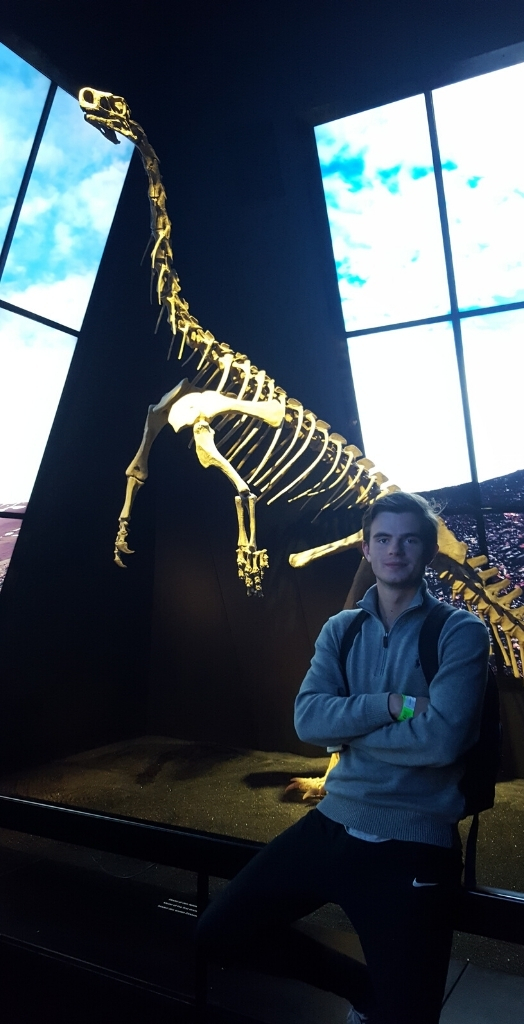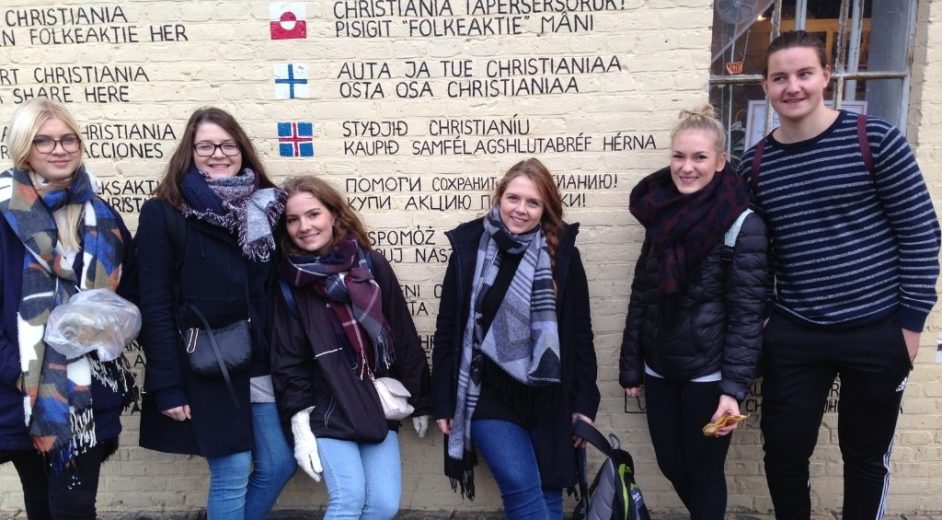The Students Practise on Companies, Volcanoes, and Bicycles
An Icelandic and a Danish gymnasium have class exchanges as a fixed part of their teaching. It provides theoretical qualities, new cultural insights, and an opportunity to examine the role of the North in innovative solutions in the field of renewable energy
Af Joan Rask, journalist
Volcanoes and a lot of bicycles have it in common that they can be overwhelming if you have never seen them before. Young Icelanders become almost speechless when they see the thousands of bicycles in Copenhagen roll past their eyes — while young Danes stand in awe of their first encounter with a volcano and the touching of lava. It never fails. So tells Vala Guðný Guðnadóttir, who is a teacher at the Commercial College of Iceland.
“You learn a lot just by meeting people, talking together, and doing things,” says Vala Guðný Guðnadóttir.
For the past three years, she has participated in the class exchanges. An activity which involves an entire Icelandic class going to Copenhagen for a week and the same class welcoming a Danish class for a week in Iceland.

“I can see — through their communication — that they are trying to learn from each other; they are listening to Icelandic and Danish and are trying to pick up on some words from each other’s mother tongue,” she says.
And it is not only the languages that are examined when the Icelandic and Danish students and teachers meet.
“It is very surprising to them how the Danes want to touch everything, and how they haven’t seen a real waterfall before — things that are so common for Icelandic students,” says Vala Guðný Guðnadóttir.
Cultural encounter versus theory
For the Icelandic Gymnasium, the longstanding activity with exchange is most of all about the cultural encounter and opening the students’ minds to the world and the international opportunities. For the Danish gymnasium, the primary focus is on the more direct learning through projects and experiments where the theoretical biotech -, chemistry -, or physics teaching is tested in practice on volcanoes, water - and energy solutions, which are unfamiliar to the young Danes. During the visits, they see how it is fully implemented by Icelandic companies.
Nils Kruse is a physics and mathematics teacher at Rysensteen Gymnasium in Copenhagen.
The first time he visited Iceland, he saw a side of Iceland that he did not know of.
“I was surprised by how much innovation and how much knowledge about renewable energy they have in Iceland. Our students have no opportunities to see these things in practice in Denmark,” says Nils Kruse.
Even though the Danish students have to submit assignments and the visit is part of their curriculum, it is not only theory which they bring back to Denmark.
“This is really a cultural encounter! They stay at each other’s homes, and, for a teenager from Copenhagen, living in the countryside in Iceland with no public transportation and being dependent on others every time they want to go somewhere is an enormous experience,” says Nils Kruse.
Nature or idealisation?
Nature is a resource available to the Icelanders, often right outside their door. At the Commercial College of Iceland, Bertha Sigurdardottir is international coordinator, and she has followed the development of the annual class exchange through many years.
“We are very happy with the cooperation with Rysensteen Gymnasium. It opens the students’ minds to — and they become better at seeing — what we are able to do in our own country regarding research and innovation,” says Bertha Sigurdardottir.
She tells how the visits entail different questions being asked.
“For example, we have a lot of water resources in Iceland, but does it mean that we can do with it as we please?” she asks.
Bertha Sigurdardottir points to the fact that traditional Icelandic art always depicts nature as mighty, untouchable, and entirely uninhabited. But that is not what reality looks like anymore.
“We now see how tourism wears down nature. There is need for new subjects in school, and, by the visits to Denmark, our teachers see examples of how climate - and pollution problems are solved,” she says.
International outlook — an additional option
For both gymnasiums, the exchange is a step in the direction of international schooling of the students. It requires focus from the administration and strategy on the area. Anders Schultz is head of the international department at Rysensteen Gymnasium, and here the exchange with the Commercial College of Iceland is just one of multiple international agreements.
“We have 13 partner schools all over the world, and we have chosen the Icelandic partner as it provides our biotech classes with an incredibly exciting opportunity to see how theory works in practice within the area of renewable energy,” Anders Schultz says.

He is responsible for a high level of learning outcomes, and that applies to the whole range of subjects and thereby, for example, also the ability to be able to accommodate and act in the face of a cultural encounter and knowing one’s own cultural history. And here the Danish-Icelandic relation contains a few dilemmas since Iceland was part of Denmark - all the way up until 1944.
“We emphasize that the Danish students have to visit the National Museum of Iceland, that they decode the narratives, and that they have to ask their Icelandic hosts what the attitude towards Denmark is,” says Anders Schultz.
He knows that it gives rise to a lot of questions whereof some remain unanswered.
The teachers want to
Denmark and Iceland have many things in common; there are great similarities and they are both of the same language family. Icelandic children are taught Danish in school, and Denmark has continually been the country that receives the most Icelanders for higher education. Iceland namely needs to supplement its own offers of education on undergraduate - and graduate level.
“For a lot of young people, Denmark becomes the more palpable solution if they choose to take their education abroad,” says Bertha Sigurdardottir.
She emphasizes that the class exchange also gives the teachers something.
“We have a great demand from our teachers. They really want to do this,” she says.
Anders Schultz confirms.
“We constantly have a minimum of 26 teachers involved with partner schools where there is exchange, and we never have trouble recruiting,” he says.
Both Bertha Sigurdardottir and Anders Schultz specify that it is about administrative support, incentive structures, and an acceptance of the fact that exchange is time-consuming and requires staff resources.
“It is about the young people’s education, and if we contribute to them becoming better global citizens so the world in turn becomes a better place, then we, as a gymnasium, have succeeded with the task — that is fundamentally what motivates us,” says Anders Schultz.

Read the article in Danish: Eleverne øver sig på virksomheder, vulkaner og cykler
Coordinating Institution
- The Commercial College of Iceland (IS-Verzlo)
Partner Institutions
- Rysensteen Gymnasium (DK-Rysensteen)
Program
- Nordplus Junior
